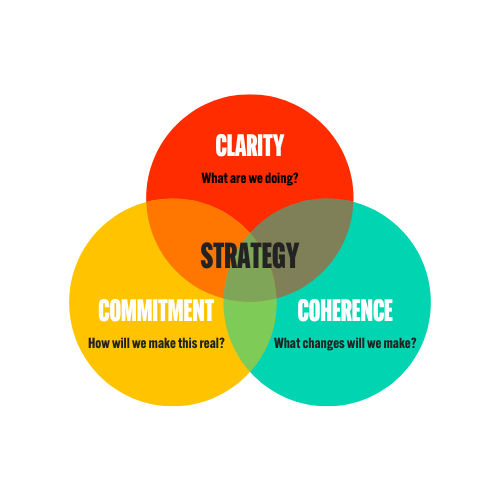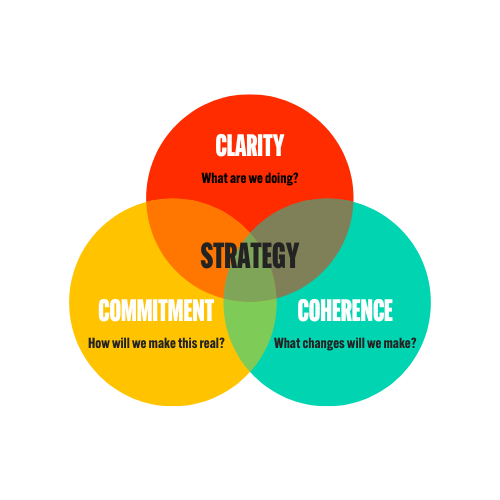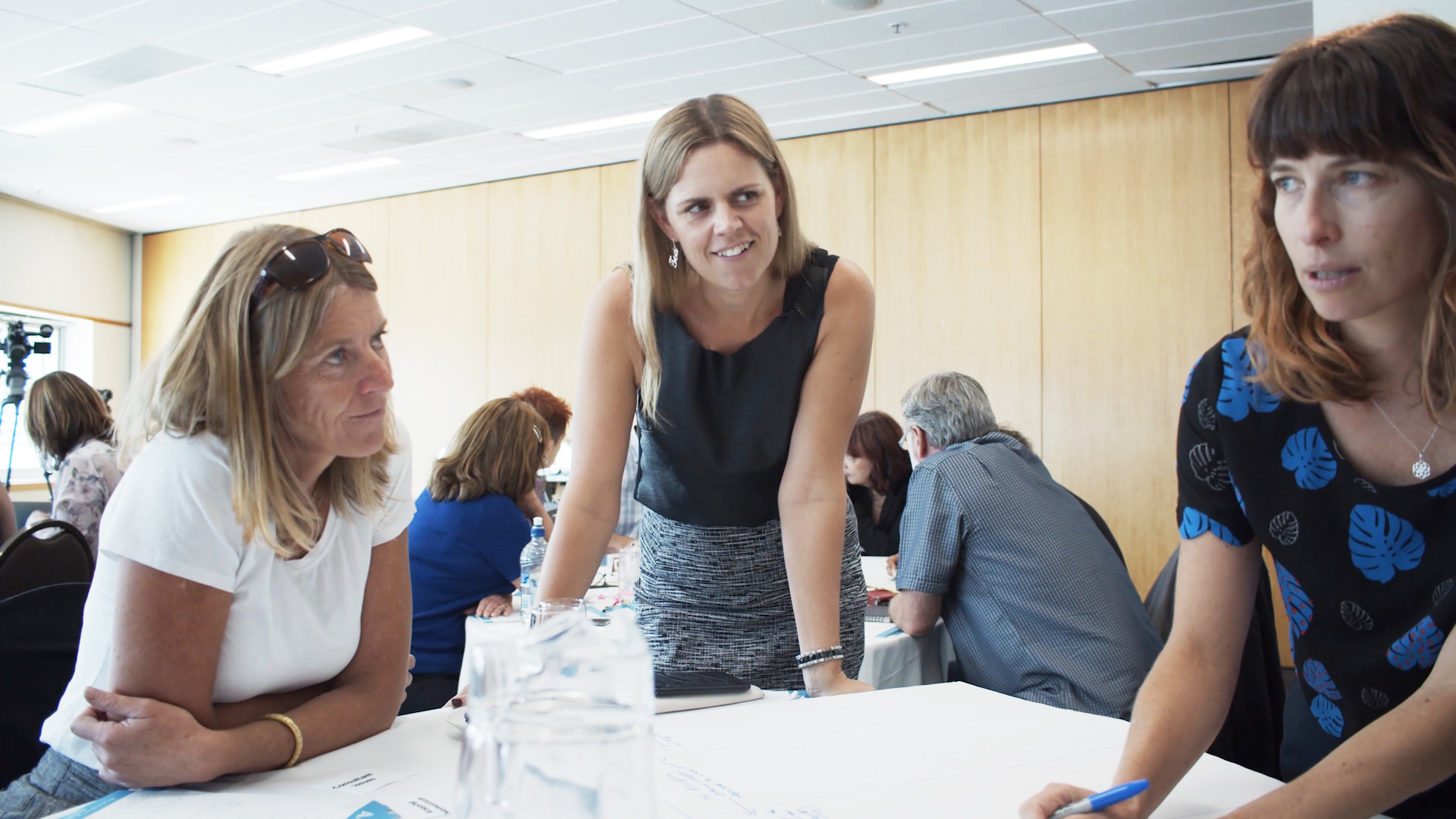3 min read
Do More of What Makes You Awesome
Did you ever have career counselling at school? The first question you were asked was probably something like "what are you good at?" or 'what...

Many of us have the wrong idea about strategy. We think it's about workshops and documents, and then struggle to understand why everyone's still doing what they've always done.
Much of this stems from a confusion about what strategy really is - spoiler alert: it isn't a document. Strategy is all about how we make decisions, and whether those decisions point in the same direction.
Strategy, at its heart, is a set of principles that, when we communicate them and see them adopted, generate a pattern of decision-making and resource allocation that shifts us closer to our goals.
When it's clear, and the right building blocks are in place, it tells us how we're going to prioritise our effort and channel our energy to get to where we need to go. A cascading series of choices form, starting with the why, and ending with the what, supporting a system that all point toward the same intended outcomes.
.png?width=500&name=CLARITY%20(1).png)
Strategy is not a document. It's not a constraint to progress or flexibility, a list of actions or projects, a bullshit report generator, or a management tool.
Strategy is about defining:
Good strategy is executed through a coordinated system of reinforcing activities, led by committed people who understand the big picture.
Once we know where we're going, and how we're going to get there, we examine all of the things we're doing, and not doing, and think about what needs to change.
Most failed strategies are either:
Many failures are a combination of the above factors, tied together by an overall unwillingness to commit for long enough to see results. Genuine strategic positions are a 10+ year game, and building the system to make them possible take time and effort. Changing a strategy document isn't hard, but realigning a complex web of organisational activities to generate results is much harder.
Changing the kind of work we do, how we do it, and executing the necessary transitions in systems, capabilities and resources is hard work, and it doesn't happen quickly. Building a distinct niche in the market, hiring and training the right people, building core capabilities and bringing that clarity into all of our marketing, communication and positioning doesn't happen overnight.
When we try to change our strategy every few months, we wind up with a tangled mess of busy people and important work that makes sense on the operational level, but lack any coherence or alignment to a bigger picture.
The result is nothing but waste: wasted money, wasted effort and wasted relationships.
When reflecting on the success or failure of your current strategy, consider the following three key elements:
 Clarity
ClarityUltimately, a strategic leaders core job is to develop, disseminate, direct and defend strategy. Unless you know what it is, why it matters, and how you're going to keep it moving, you'll never achieve your strategic goals.
When in doubt, stop tweaking. Spend more energy on clarifying what you're already trying to do and aligning your work to that, rather than dreaming up flash new objectives or trendy new infographics. .
You probably already know what needs to happen, you're just afraid to put a stake in the ground and risk failing. (Which, if you don't change, will happen anyway.)
Here's five key things to do now, to increase your odds of success
Be bold, keep it simple, and stay the course. You've got this.

3 min read
Did you ever have career counselling at school? The first question you were asked was probably something like "what are you good at?" or 'what...

I recently sent out a Wednesday Wisdom about a traumatic time I've experienced in my personal life and business.

I've been interested in what it means to make good, long-term decisions for a long time. I entered a policy career fresh out of university, all fired...

1 min read
Put your hand up if you’re ever been a martyr. Walking around carrying an invisible load of resentment, wondering why every other unreasonable...

Over the last couple of months, I've had a hell of a time. In short: a trusted advisor and financial influence in my business turned out to be a...